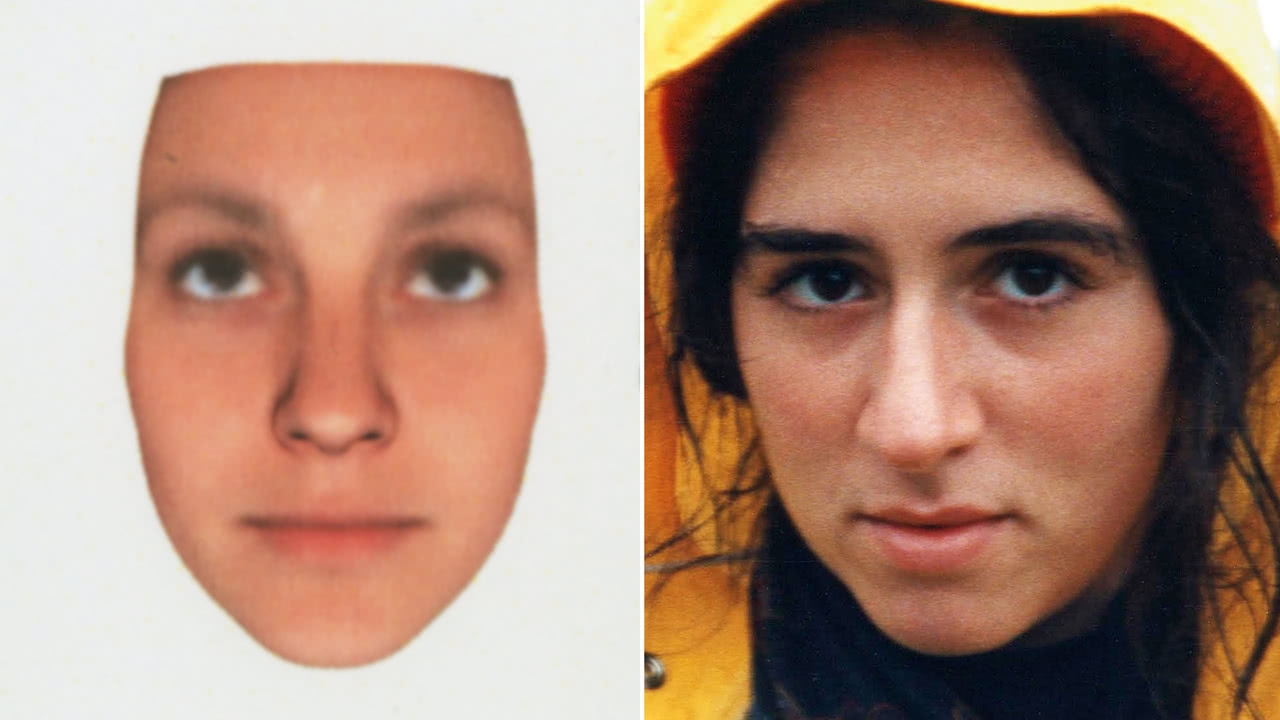Expanding
upon their work to analyze the ties between one's genome and one's
physical features, Craig Venter's Human Longevity has developed a
method to generate a three-dimensional image of the human face,
based solely upon the individual's genome. Venter’s group applied
machine learning to the human genome in an endeavor of discovery
science. First, the researchers acquired the genome data of 1,061
people and imaged their faces to produce high-resolution,
three-dimensional maps readable by their algorithm. The
researchers also considered the participant's other physical
characteristics, including height, weight, age, eye color, hair
color, and voice. These data were used to train the
machine-learning algorithm, allowing it to find patterns within
the genomes of the individuals it could correlate to trends in the
facial images. Given the sequence of the genome of an unseen
individual, the algorithm was able to produce facial images which
could be matched to photographs for eight of ten people, when all
races were considered, and for five of ten people when the
individuals were all of the same race.

Figure 1: A genome-informed
image of the face of the writer of the news
story (left) and the writer's face at age 20 (right).
Genomics
Methods:
Venter’s group employed whole genome sequencing to
acquire the genomic data which would inform their model. The
model the researchers built relies upon principal component
analyses between the known genomes and the phenotypes of the
donating individuals. The data of the initial 1,061
participants of the study informed the initial primary
components from which the model makes predictions.
Take
Home Message:

Primary component
analysis of genomic data exhibits an ability to uncover
patterns with great enough reproducibility to generate
images of the human face. These results may demonstrate
a machine understanding of the expression of complex
traits within the genome. In a world in which large
databases of genomic data coexist with social media
websites storing personal information and photos, these
findings have profound implications for privacy. The
genome becomes increasingly personal information when
technologies can generate an image of one’s face from
it–and it may only become easier. Soon, only limited
genomic information, such as a profile of SNPs, may be
enough to create a facial image. These findings
emphasize the need for a cohesive, universal way to
secure and anonymize genomic data as it increasingly
informs contemporary technologies.

Figure 2:
High-resolution images of participants' faces (left) and
genome-informed images of the faces of these individuals
(right) (Lippert
et al. 2017).
Evaluation:
Venter’s
genome-informed facial image construction astounds
me. First, I am bewildered by the power of machine
learning technology to gather enough information
from primary component analysis of the genome to
generate accurate facial images. I wonder if it is
possible to uncover the patterns in the genome the
computer recognizes to determine the heritability
of complicated traits.
Second, this research confronted me with the
importance of the privacy of one’s genome. As
genomic data becomes increasingly relevant to
everyday life, particularly in healthcare, more of
one’s genome will be more accessible than ever.
These findings present an unsettling reality: your
genome may be used to find you! While, as the news
report states, this application has great utility in
forensics–body fluid samples might now be used to
generate facial images of individuals at the scene
of a crime–it puts individuals at risk. When the
faces of billions of people can be found in photos
available on social media sites, the connection
between genome sequence, genome-derived facial
image, and real person becomes much easier to make.
Just as we protect our social security numbers,
credit card information, and passwords we may soon
have to protect the sequences of our genomes.
References:
- Lippert et al. (2017) Identification of individuals by trait prediction using whole-genome sequencing data. Proc Natl Acad Sci USA 114:10166-10171.
- (2017) Researchers produce images of people's faces from their genomes. The Economist.
Email Questions or Comments: owkoucky@davidson.edu
© Copyright 2018 Department of Biology, Davidson College, Davidson, NC 28035